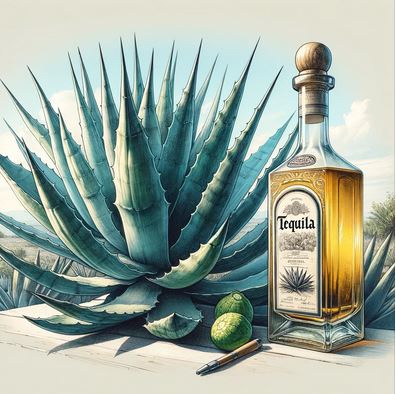Sisal fiber is a natural plant fiber extracted from the leaves of the agave plant, specifically the Agave sisalana. It is commonly used for various industrial and commercial purposes due to its durability and strength. Here are some key characteristics and uses of sisal fiber:
Natural Origin
Sisal is a renewable and sustainable natural resource, as it is derived from the leaves of the agave plant, which is primarily grown in tropical and subtropical regions. The cultivation of sisal plants for fiber production is considered sustainable, as the agave plant is hardy and requires minimal water and chemical inputs.
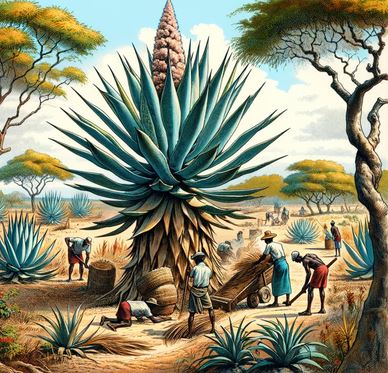
The depiction in both the sketches which have been provided by ChatGPT 4 might be a bit exaggerated for illustrative purposes. In reality, Agave sisalana, commonly known as sisal, typically grows to about 0.5 to 1.5 meters tall, with leaves that can reach up to 2 meters in length. The central flower stalk, which can appear when the plant matures, often reaches several meters in height. However, the size can vary depending on the growing conditions and age of the plant.
The sketch aims to highlight the distinctive features of the plant, such as its long, spiky leaves and the central flower stalk, which might be represented larger than life to capture the viewer's attention and detail the harvesting process more clearly. In actual harvesting settings, the plants would be more modest in size compared to how they might appear in an artistic rendition.
Strength and Durability
Sisal fiber is known for its exceptional strength and durability. It has a high tensile strength, making it resistant to wear and tear. This makes it suitable for various applications where robust materials are needed. Whether it's for heavy-duty ropes or durable mats, sisal fiber can withstand demanding conditions.
Fiber Length
Sisal fibers are typically long, ranging from several inches to several feet in length. This length makes sisal suitable for weaving and manufacturing processes. Whether it's for intricate crafts or large-scale production, the length of sisal fibers provides flexibility and versatility in its applications.
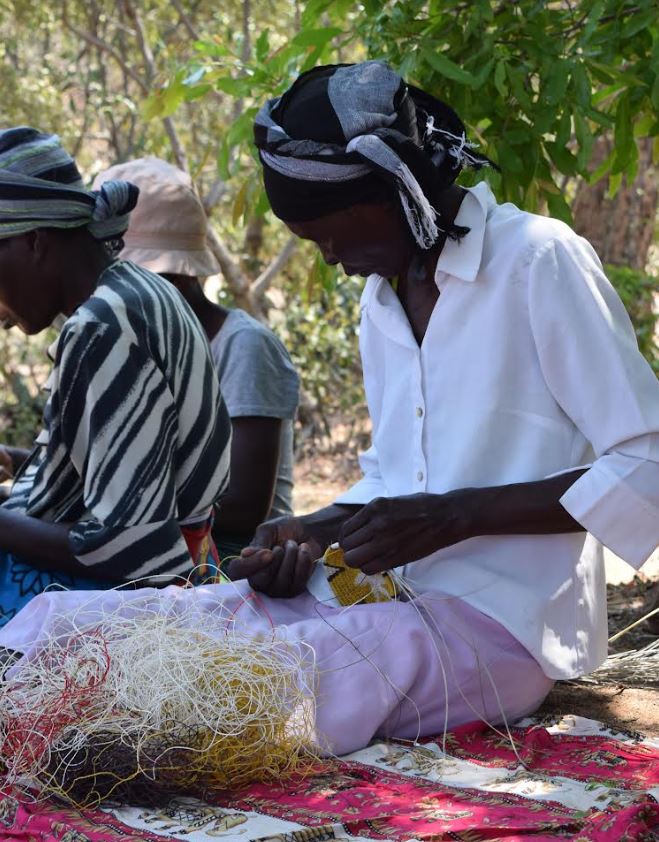
Versatile Use
Sisal fiber has a wide range of applications. It is commonly used for making ropes, twine, and cordage due to its strength and abrasion resistance. Additionally, sisal is utilized in the production of rugs, mats, geotextiles, and various crafts. Its versatility allows it to be incorporated into different industries, catering to a variety of needs.
Biodegradability
Sisal is a biodegradable material, which means it can break down naturally over time, making it an environmentally friendly choice for certain applications. When sisal products reach the end of their lifespan, they can be easily disposed of without causing harm to the environment.
Natural Color
Sisal fiber is often beige or off-white in color, although it can be dyed for decorative purposes. Its natural hue adds a touch of warmth and earthiness to products made from sisal, making them visually appealing and suitable for various aesthetic preferences.
Low Moisture Absorption
Sisal has relatively low moisture absorption properties, which makes it suitable for outdoor and moisture-resistant applications. Whether it's for outdoor furniture or marine ropes, sisal's ability to resist moisture ensures its longevity and effectiveness in challenging environments.
Sustainable Farming
The cultivation of sisal plants for fiber production is considered sustainable, as the agave plant is hardy and requires minimal water and chemical inputs. This sustainable farming practice contributes to the eco-friendliness of sisal fiber, making it an attractive choice for those seeking environmentally conscious materials.
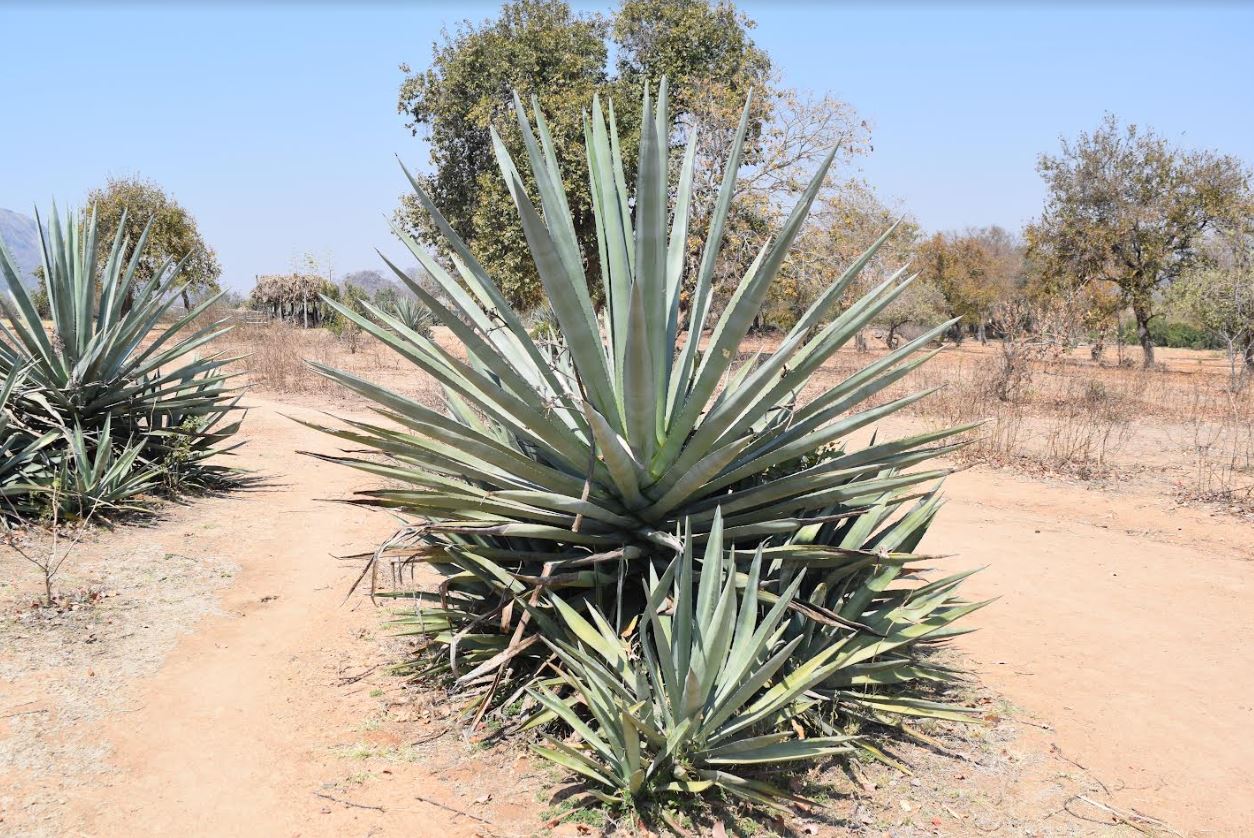
The Agave sisalana typically produces flowers and fruits once in its lifetime, and this event is known as "mast flowering." Mast flowering is an unusual reproductive strategy in which a plant produces a large number of flowers and fruits in a synchronized manner, usually after reaching a certain age or size.
Sisal plants are monocarpic, which means that they flower and fruit only once in their lifetime, after which they die. The timing of mast flowering can vary, but it often occurs when the plant is several years old, usually around 8 to 15 years of age, depending on growing conditions and the specific variety of sisal.
Once the sisal plant has produced flowers and fruits, it dies, but it leaves behind offspring in the form of new plants that have grown from the original plant's offsets or "pups." These new plants can continue the cycle and eventually produce their own flowers and fruits when they reach maturity.
So, while Agave sisalana produces fruit only once in its lifetime, it creates opportunities for new plants to continue the cycle of flowering and fruiting.
Pollination of the Agave sisalana
Agave sisalana is primarily pollinated by bats, but it can also be pollinated by certain species of bees. However, bats are more effective pollinators of Agave sisalana because they are more active at night, when the flowers are open. Bees are more active during the day, and they may not be able to reach the nectar of the flowers, which is located deep inside the flower tube.
The fact that Agave sisalana only blooms once in 8 to 15 years is not a problem for its pollination. This is because the plant produces a large number of bulbils, which are small plantlets that can grow into new plants. Bulbils are produced on the flowering spike, and they can be dispersed by wind or animals. When a bulbil lands in a suitable location, it can grow into a new Agave sisalana plant.
So, even though Agave sisalana only blooms once in its lifetime, it is still able to reproduce and spread successfully. This is thanks to its ability to produce bulbils, which are a form of asexual reproduction.
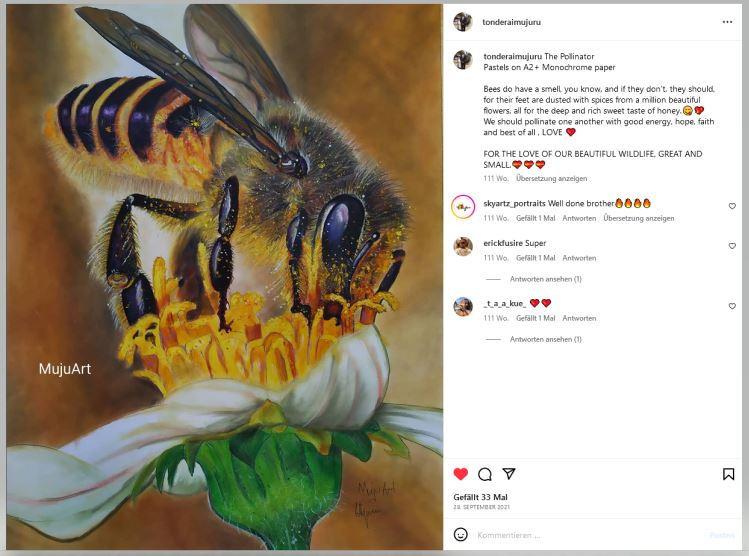
Edibility
The sisal plant's fruit is typically inedible and consists of a seed-filled capsule. For edible agave options, consider Agave tequilana (for tequila) or Agave americana (culinary uses) with parts like the "piña" core and sweet nectar. These differ from Agave sisalana and have culinary applications.
